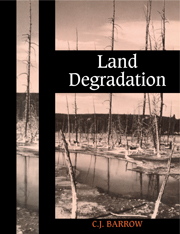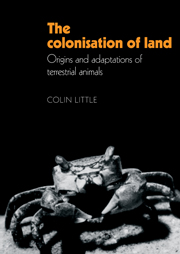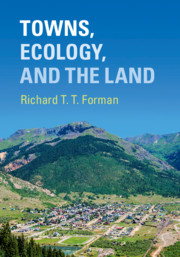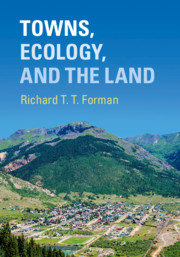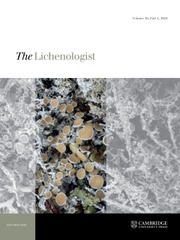Land Degradation
This book was originally published in 1991 when land degradation was becoming recognised as a key issue for world conservation as we approached the end of the twentieth century. The complex relationship between human development and the environment is explored in this book with a particular emphasis on the causes of land degradation processes. Having given a broad overview of what land degradation is and why it is occurring, Dr Barrow goes on to illustrate the problem in the context of different habitat types such as forest, woodland and drylands. The impact of human activities through global pollution and industrial and urban development, as well as conservation efforts, are discussed. Written as an introduction to the topic, this book provides a clear synthesis of ways of understanding the phenomenon of land degradation.
Product details
February 1994Paperback
9780521466158
316 pages
255 × 181 × 21 mm
0.74kg
Available
Table of Contents
- Preface
- Acknowledgements
- 1. Land degradation: an overview
- 2. Why is land degradation occurring?
- 3. Land degradation through global pollution: the 'greenhouse effect'
- 4. Land degradation through global pollution: stratospheric ozone depletion, acid deposition and tropospheric ozone increase
- 5. Degradation of tropical rainforests, tropical/subtropical seasonally dry and tropical/subtropical upland forests, woodlands and scrublands
- 6. Degradation of seasonally dry tropical/subtropical and Mediterranean woodlands and scrublands, temperate and high-latitude forests
- 7. The degradation of wetlands, tundra, uplands and islands
- 8. Land degradation in drylands
- 9. Non-erosive soil degradation
- 10. Erosive soil degradation
- 11. Land degradation through warfare, mineral extraction, industrial and urban development and increased movement of organisms
- 12. Conclusion: conservation and preventative/remedial strategies
- References
- Index.

